When it comes to micronutrients, certain vitamins and minerals tend to dominate the conversation. We often hear about the importance of vitamin C, vitamin D, and B vitamins and minerals, such as iron, calcium, and potassium, but there are many other minerals vital to our health as well, one of which is iodine.
In this article, we will discuss the benefits of iodine and the foods high in iodine that you might want to incorporate into your diet (after discussing them with your doctor first, of course) to help support your thyroid health.
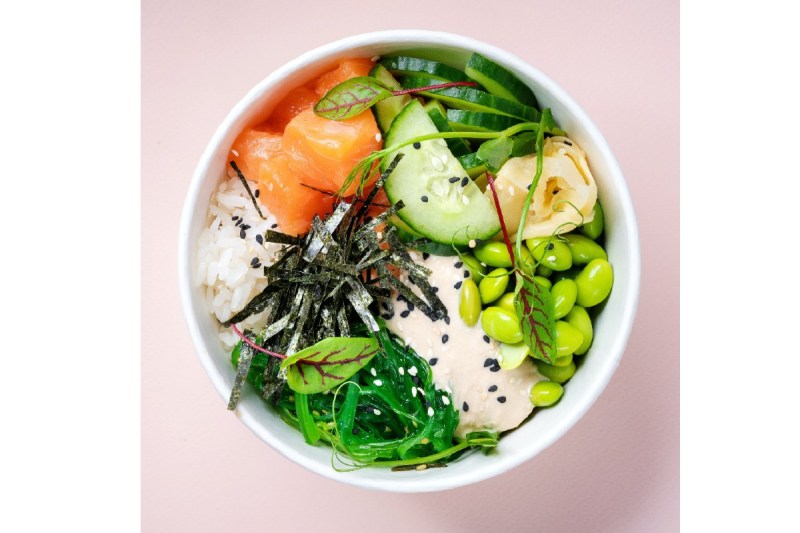
What Is Iodine?
Iodine is a trace mineral that’s an essential micronutrient, which means it must be consumed in the diet because the body cannot manufacture it. Iodine is critical for the health, proper functioning, and hormone production of your thyroid, one of the key endocrine glands that largely governs your metabolism.
For example, according to the U.S. Department of Health and Human Services, iodine is an essential component of the thyroid hormones thyroxine (T4) and triiodothyronine (T3), which, in turn, regulate vital biochemical reactions such as protein synthesis, enzymatic function, and metabolic activity. Iodine also is required for the production and function of thyroid-stimulating hormone (TSH), which is necessary for protecting the body from hypothyroidism and hyperthyroidism.
For this reason, iodine deficiencies can lead to hypothyroidism, a condition marked by an underactive thyroid gland, which can manifest as an enlarged thyroid, known as a goiter.
On the opposite end of the spectrum, people with hyperthyroidism, or an overactive thyroid, often need to limit their iodine intake. If that’s true for you, then consider this a list of foods you might want to limit or eliminate entirely from your diet — though again, be sure to talk to your doctor before making any big dietary changes.
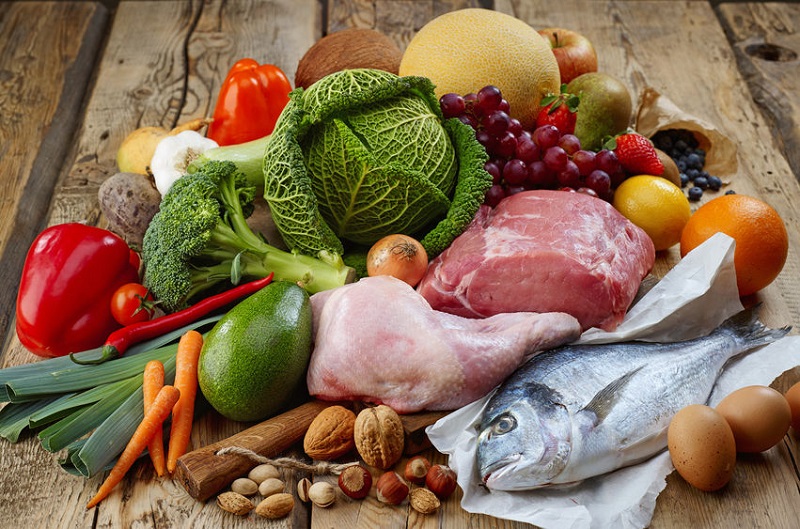
How Much Iodine Do You Need?
According to the Harvard University School of Public Health, the Recommended Dietary Allowance (RDA), or daily minimum, for iodine is 150 micrograms (mcg) for adult men and women 19 years and older, and 220 and 290 mcg daily for pregnant and lactating women, respectively. The maximum daily dose should not exceed 1,100 mcg.
Foods High in Iodine
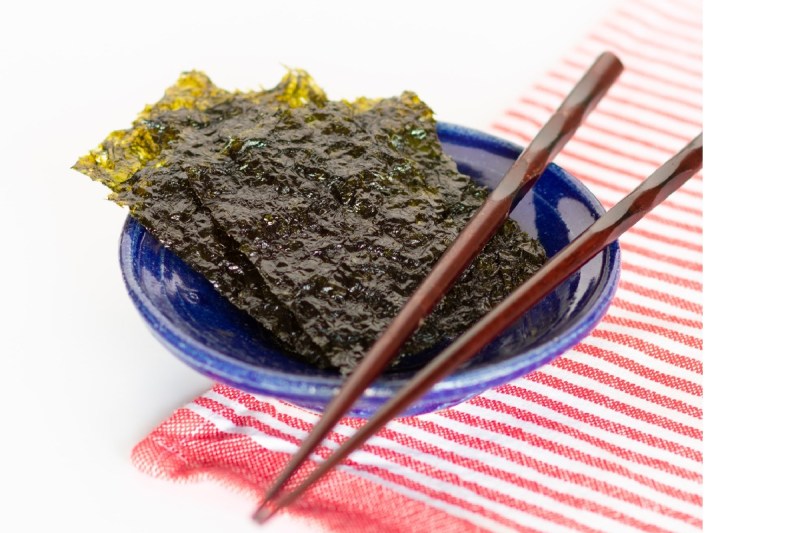
Seaweed
Seaweed is far and away the best natural food source of iodine. For example, just 10 grams of nori, the type of seaweed used to wrap a sushi roll, provides about 232 mcg of iodine, which is more than 150% of the required daily minimum. Other edible seaweeds high in iodine include kelp, kombu, and wakame.
 Cod
Cod
In general, the richest dietary sources of iodine are fish, seafood, and sea vegetables. Cod is one of the foods highest in iodine, and it contains more iodine than any other fish.
Not only is cod an excellent source of lean protein, but a three-ounce serving of baked cod also provides 158 mcg of iodine, which satisfies your recommended daily minimum.
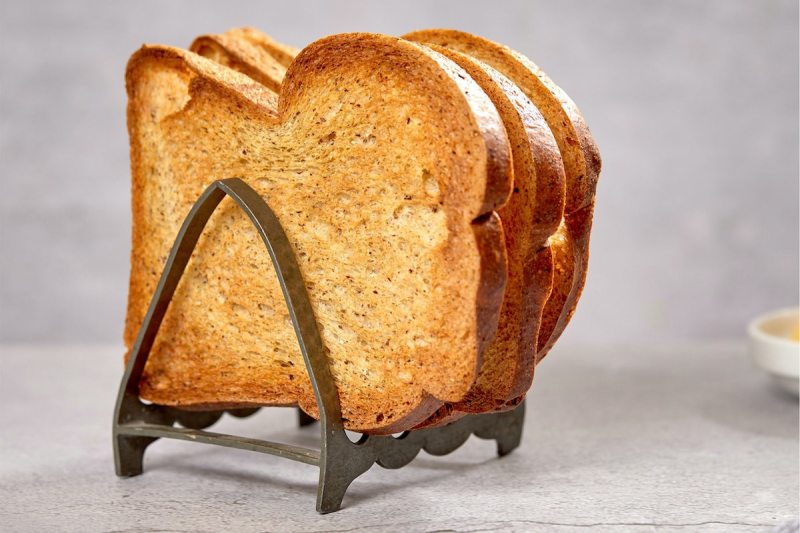
Enriched Bread
While regular bread isn’t naturally high in iodine, certain manufacturers enrich their bread in an effort to prevent iodine deficiency. Much in the way that iodized table salt is enriched with iodine, these enriched breads use what is called “iodate dough conditioner.”
Two slices of white bread enriched by using an iodate dough conditioner contain about 320 mcg of iodine (213% of the daily minimum), while two slices of wheat bread provide about 309 mcg.

Oysters
Oysters may be best known in pop culture as aphrodisiacs, but these marine bivalves are also packed with nutrients such as zinc, B vitamins, and iodine. A three-ounce serving of cooked oysters provides 93 mcg of iodine, nearly two-thirds of your recommended daily amount. Shrimp are also high in iodine.

Yogurt and Other Dairy Products
Though most of the foods highest in iodine originate in the sea, dairy products also contain decent amounts of iodine. Note that most plant-based alternative milks are not high in iodine.
Greek yogurt is the best dairy source of iodine due to its density, which increases the iodine concentration per ounce over milk and single-strained yogurts.
An eight-ounce serving of nonfat Greek yogurt has about 116 mcg of iodine, which is about 75% of your daily minimum.
An eight-ounce serving of skim milk (cow’s milk) provides over 50% of the daily minimum, with 85 mcg of iodine.

Eggs
If you’re not much of a seafood lover, you can get a decent amount of iodine in regular chicken eggs. Whether you like them scrambled, hard-boiled, poached, over-easy, or fried, a single whole, large egg contains about 26 mcg of iodine. Note that the iodine is almost entirely concentrated in the yolk, so if you’re looking to meet your iodine needs, skip the egg white omelet and go for the whole egg. You’ll also get tons of folate, vitamin D, vitamin A, and vitamin B12, among other essential nutrients.
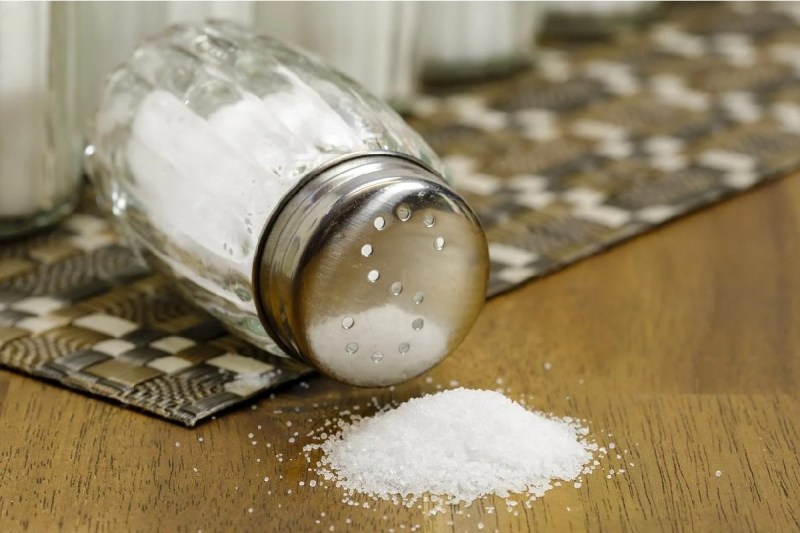
Iodized Salt
In the early 1920s, manufacturers of table salt started adding iodine to enrich the salt and help reduce the prevalence of iodine deficiencies.
Currently, you can purchase either iodized or uniodized salt in the United States. Iodized salt has about 71 mcg of iodine in a 1/4 teaspoon of salt, which is nearly 50% of your daily minimum.
However, as the public health push to reduce sodium intake has increased over the past decade or so, the average iodine intake of most adults has dropped due to attempts to consume less salt. Iodized salt is typically the primary dietary source of iodine, meaning that as health-conscious people have reduced their overall salt intake, they’ve also inadvertently reduced their iodine intake as well. If you’re one of those folks, you might want to consider adding some of these other foods into your regular diet to make up the difference.
 Cod
Cod


